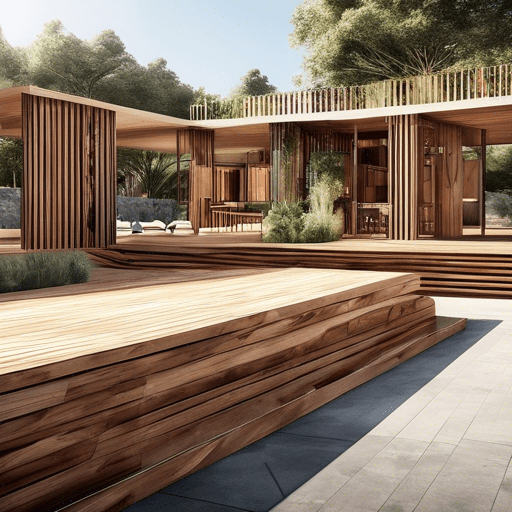Walls are one of the most important attributes of any home or business. They also have an important impact on

In recent years, there has been a nationwide increase in the demand for multi-story multi-residential, and mixed-use structures. As a result, podium structures have become increasingly popular in North America in an attempt to reduce construction costs, increase unit density and maximize the number of stories. Common configurations in podium design engineering include up to 5 stories of residential use over the commercial, office, parking, or retail occupancies. However, it’s important for structural engineers to observe the building height limitations set within the code for these wood-over-podium structures. In this article, we’ll cover various building heights code provisions, engineers should consider when designing podium structures.
ASCE 7 and IBC contain code provisions that limit and allow podium-type construction structures. These provisions contain the important issues that structural engineers should consider when designing mid-rise wood structures and the effects of assembling exterior walls of Type 3 construction with fire-retardant-treated wood. More notably, they show effective detailed techniques for wood shear wall tie-down assemblies to podium slabs.
In general, there are various code provisions that allow for increasing the building heights of light-frame wood over concrete podium structures.
To start, chapter 5 of the IBC indicates the maximum number of stories, building height as well as building area allowed for podium design engineering depending on the use of sprinklers, construction type, and occupancy.
Sprinklers are needed for new residential buildings and the options should either be NFPA 13 OR NFPA 13R sprinklers. NFPA 13R residential sprinklers restrict the building heights for podium structures to 4 stories and 60 ft, while NFPA 13 sprinklers allow the building height to increase by up to 20 ft. Also, NFPA 13 sprinklers allow the floor area of the podium structure to increase up to 3 times the square footage and an increase of 1 additional story. However, if you’re planning to build a podium structure in California, the CBC doesn’t allow the additional story and building heights to be applied unless the design provides additional firewalls.
Secondly, chapter 3 of the IBC addresses the occupancy of podium structures. In most cases, these structures have a lower steel/ concrete portion that is commonly used as commercial/ retail or parking space, while the upper wood portion is designed for hotel and residential use.
Moving on, chapter 6 of the IBC contains specifications for construction type. In essence, type 5 is any material permitted by code, type 4 is heavy timber, type 3 requires non-combustible fire-retardant-treated wood exterior walls, and type 1/ 2 is a non-combustible material. In addition, type 1, 2, 3, and 5 construction types can be divided into subcategories A & B. Subcategory A denotes an additional 1-hour fire rating on most secondary and primary structural elements of podium structures over the requirements of subcategory B. In general, multi-story wood construction falls under Types 3 and 5 construction types. However, Type 4 construction (heavy timber) can also be used for mid-rise buildings, but it limits the use of concealed spaces, thus requiring more creativity to achieve acoustic goals.
Lastly, Section 510.2 at the end of chapter 5 of the IBC highlights a number of code provisions for mixed occupancy. According to this section, an upper portion of any type of construction can be built over a lower portion, where both portions will be considered distinct and separate structures. This helps to determine the allowable area limitation, type of construction, number of stories, and continuity of firewalls. However, this allowance will only apply when the building has a 3-hour fire-rated horizontal separation, group A occupancy above the separation, Construction Type 1A below the separation with NFPA 13 sprinklers, and a 2-hour fire-rating for any vertical shaft that penetrates through its horizontal separation. Also, the maximum building heights for the podium structure measured in ft above the grade should not be exceeded.
With that in mind, using an upper building Type 3A construction instead of a Type 1A lower structure will help you achieve a 5-story upper podium structure with a total building height of 85 ft measured from grade if there is a 3-hour fire-rated horizontal separation between 2 distinct & separate structures. More importantly, you can analyze these 2 structures according to the 2-stage analysis contained in Section 12 of ASCE 7.
Final Word
Although wood over concrete/ steel podium structures is becoming increasingly popular across the country, structural engineers should look for additional resources when designing mid-rise and mixed-use buildings. Also, it’s important to understand the building height requirements for these structures and how occupancy & construction type will affect the allowable building height.
All in all, building a podium structure using these special code provisions will allow increased density with additional stories. Best of all, podium design is a great way to maximize the use of smaller lots in dense urban areas, while reducing the cost and increasing the speed of construction.
About Author
Fate Ol